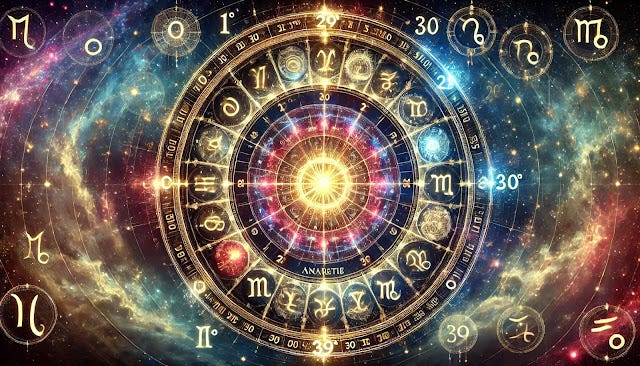From 1° to 30°: Reexamining Modern Astrology's Shift to Zero-Based Degree Counting

Abstract
In modern astrological practice, there has been a shift from the traditional numbering of zodiac degrees—from 1° to 30°—to a system that starts at 0° and ends at 29°. This change has gained popularity due to influences from computational tools and a desire for alignment with scientific practices. However, this shift introduces significant mathematical, geometrical, numerological, and metaphysical complications. This essay explores the reasons behind the adoption of zero-based counting in astrology and provides a comprehensive analysis of its downfalls, particularly focusing on mathematical division, the use of modular arithmetic, numerological implications of specific degrees, and the concept of the anaretic degree.
Keep reading with a 7-day free trial
Subscribe to Find Your Nova to keep reading this post and get 7 days of free access to the full post archives.




